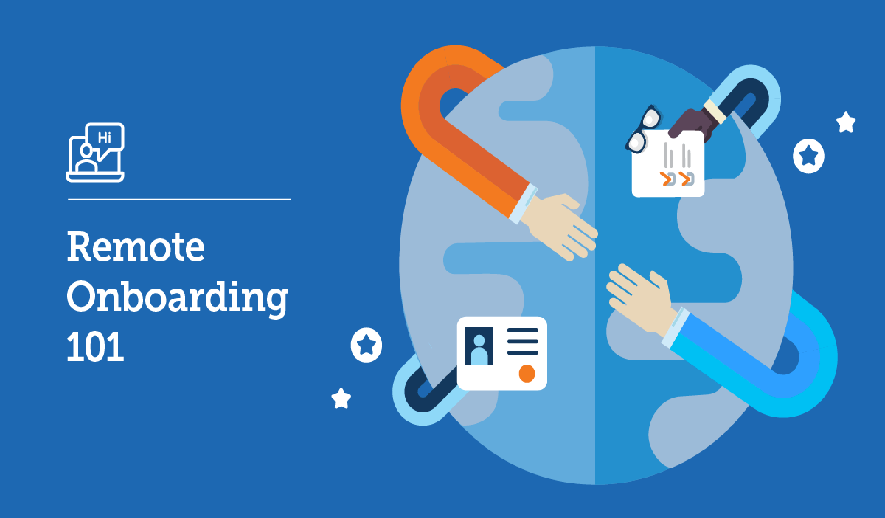
Managing Security / Compliance in Remote Work Settings
Managing security and compliance in remote work settings requires a strategic approach that addresses the unique vulnerabilities of a distributed workforce. By focusing on policy enforcement, technological safeguards, and a "never trust, always verify" mindset, organizations can create a secure and compliant remote environment.
Approach 1: Zero Trust security model
The Zero Trust model operates on the principle that no user, device, or application, regardless of its location, is trusted by default. This shifts the security focus from the network perimeter to individual access requests.
- Continuous verification: Every request to access data or an application is authenticated and authorized in real-time, based on contextual factors like user identity, device health, and location.
- Microsegmentation: The network is divided into small, isolated segments. This limits an attacker's ability to move laterally across the network if a single device is compromised, effectively containing any breach.
- Least privilege access: Employees and devices are granted only the minimum access necessary to perform their specific tasks. This minimizes the potential damage from a compromised account.
- Secure access instead of network access: Zero Trust Network Access (ZTNA) solutions securely connect users directly to the specific applications they need, rather than providing broad access to the entire corporate network via a VPN.
Approach 2: Endpoint protection and mobile device management
With employees working on devices from various locations, controlling and securing each endpoint is a critical defense strategy.
- Managed devices: Provide company-issued and managed devices (laptops, phones) to employees. This allows the IT department to ensure robust security controls are pre-installed and properly configured.
- Mandatory endpoint protection: All devices must have comprehensive endpoint security software with features like next-generation antivirus, behavioral analysis, and automated patching. This protects against malware, phishing, and other attacks.
- Remote device management: Implement Mobile Device Management (MDM) or Enterprise Mobility Management (EMM) software. These tools allow IT to enforce security policies remotely, deploy software updates, and, in case a device is lost or stolen, remotely wipe the data.
- Separation of personal and work data: Where BYOD (Bring Your Own Device) is necessary, use containerization technology to create a secure, separate space for work applications and data. This protects company data without infringing on the employee's personal privacy.
Approach 3: Policy, training, and audits
Technology is only as effective as the people who use it. A robust security strategy requires clear policies, ongoing education, and consistent verification.
-
Comprehensive remote work policy: Create and enforce a detailed security policy that clearly outlines remote work expectations. This policy should cover:
- Acceptable use of company equipment.
- Handling of sensitive data and clear desk rules, even at home.
- Protocols for securely using personal and home networks.
- Incident reporting procedures for lost devices or suspected breaches.
- Regular security awareness training: Human error is a leading cause of breaches. Conduct frequent training sessions and phishing simulations to educate employees on:
- Recognizing and reporting phishing, vishing, and smishing attacks.
- Creating and managing strong, unique passwords, often with the help of a password manager.
- Understanding the risks of using unsecured public Wi-Fi networks.
- Multi-factor authentication (MFA): Require MFA for accessing all corporate systems, especially for administrative accounts. Even if an attacker compromises a password, they will be blocked by the second authentication factor.
- Continuous audits and compliance checks: Regularly audit access logs and system configurations to ensure compliance with company policies and industry regulations (e.g., GDPR, HIPAA). Automated compliance software can simplify this process by providing real-time visibility and reporting.
